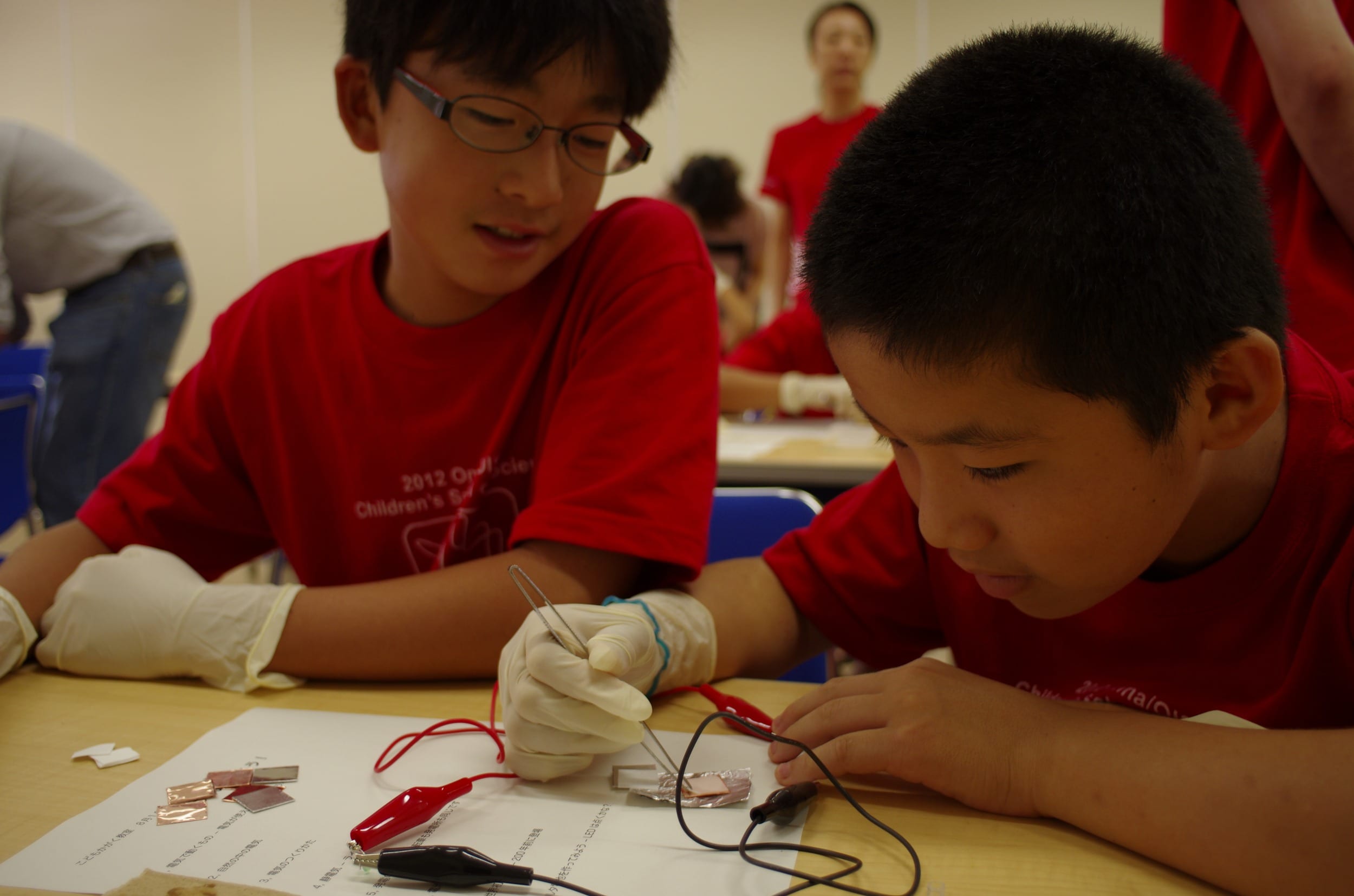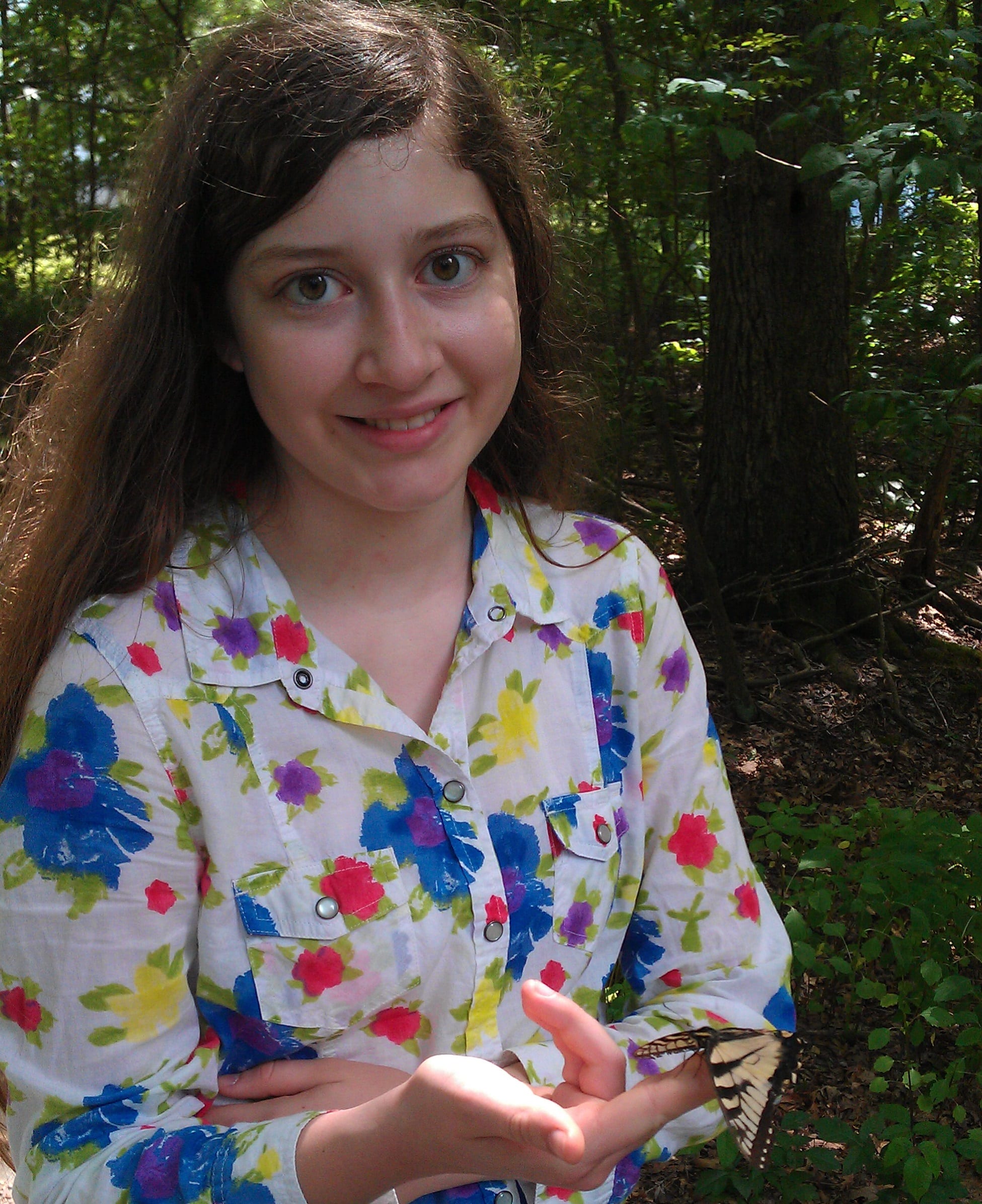Every time I hear the phrase, “I'm not a math person,†I imagine that deep in the heart of college campuses and libraries across the world, there dwells a mysterious creature who spends their days scribbling complex calculations on napkins (or windows). The math person is closely related to the equally-elusive science person, known for waxing poetic about CRISPR, levitrons, or psycholinguistic hemispheric incongruity. Meanwhile, a growing subspecies of tech people dream in binary and give presentations in which all the equipment in the room magically works.

According to the myth of the math-science person, some people are wired to more easily understand STEM-related topics, such as calculus, special relativity, or Java. They are “good with numbers,†unfazed by organic chemistry, and may even act as tech support for their entire extended family. Those who aren't born with these supernatural gifts, on the other hand, are doomed to struggle through years of mandatory STEM credits until they can graduate and leave those pesky charts and formulas behind (at least until tax season).
The tendency to see numerical or technological prowess as an inborn quality draws on a number of misconceptions about the brain. A popular way to justify hesitation toward calculation, for example, is the notion of right- or left- brain dominance. Inspired by the way each hemisphere of your brain specializes in a different constellation of tasks, this theory claims that one hemisphere tends to be more developed than the other: “right-brained†people are supposedly born creative, intuitive, and artistic, while “left-brained†people are naturally more logical, better at calculation and systematic thinking (matching popular stereotypes of what STEM work requires). It provides a tidy explanation for why you might feel uncomfortable with algebra or frustrated with your computer- your brain just isn't the right “type.â€
But like anything involving brains, the reality is much more complex. Your two hemispheres are in constant communication with one another; they are so deeply intertwined that having a dominant half simply doesn't make sense in the first place. Stamping “logical and scientific†on some people and “creative and artistic†on others isn't just an oversimplification of how the mind works- it also sets up a false dichotomy between the two “types†of thinking.
Unfortunately, we seem to have collectively internalized the idea that the nature of our brains can predetermine success in challenging areas, leading many to disqualify themselves from STEM-related subjects far too quickly. Challenges and failures become evidence of inherent deficiency, rather than the inevitable part of science they are.

Instead of this “fixed†concept of ability, a much more scientifically-sound way to assess our own abilities is called the growth mindset. Championed by Dr. Carol Dweck, it asserts that effort and strategies, not brain types, determine what we generally view as “talent.†It views intelligence as fluid, capable of growing in whatever direction we choose given enough time and thought.
From this perspective, struggling with math, science, or technology actually contributes to a deeper understanding in the long run. Research by University of California professor Robert Bjork showed that students who encountered difficulties comprehending a topic at first tended to demonstrate a deeper grasp of the concept once they finally got it.
Bjork described a difference between performance (which is measured during instruction) and learning (which can only be tested later). While we're used to assessing ourselves based on how few mistakes we make, “conditions that induce the most errors during acquisition,†Bjork writes, “are often the very conditions that lead to the most learning!†Manu Kapur, a professor of Learning Sciences at ETH Zurich, purposely designs challenging lessons that invite these “productive failures.†Students allowed to struggle with unfamiliar problems rarely arrive at the correct answer before their teacher explains it, but by the end of the lesson their depth of understanding surpassed peers taught by more traditional, direct methods.
Failure has such a bad rap that it's somehow easier to condemn ourselves as “bad†at challenging subjects than to press on. But science and math, after all, are about pushing the boundaries of our knowledge- and that means giving ourselves space to get it wrong. In the wise words of Mythbuster Adam Savage, “failure is always an option.â€

In the end, it is persistence born of interest – not natural talent or magical powers – which sets apparent math people (or science or technology people) apart. Economist Miles Kimball calls this the “love it and learn it hypothesis,†arguing that those who seem to have been born with a knack for numbers are simply those who had their curiosity sparked early, fueling years of practice and exploration.
So here's to the ones who pursue science and math not because they never fail, but because it is fascinating to them. May you be too busy exploring to worry if you're the right kind of person to do so.
About the Author
 Rosemary Wills is an undergraduate at UGA majoring in Plant Biology and Science Education. When she's not writing, coding, or spending time with family, she enjoys growing plants in her windowsill and crocheting science-related things. More from Rosemary Wills. Rosemary Wills is an undergraduate at UGA majoring in Plant Biology and Science Education. When she's not writing, coding, or spending time with family, she enjoys growing plants in her windowsill and crocheting science-related things. More from Rosemary Wills. |
About the Author
- athenssciencecafehttps://athensscienceobserver.com/author/athenssciencecafe/April 17, 2020
- athenssciencecafehttps://athensscienceobserver.com/author/athenssciencecafe/April 12, 2020
- athenssciencecafehttps://athensscienceobserver.com/author/athenssciencecafe/April 3, 2020
- athenssciencecafehttps://athensscienceobserver.com/author/athenssciencecafe/March 30, 2020







